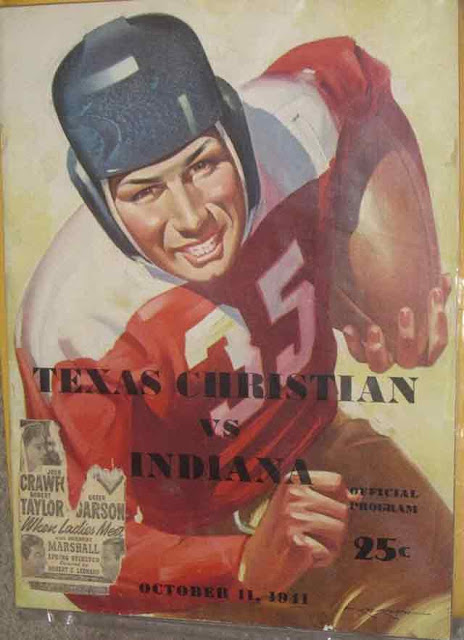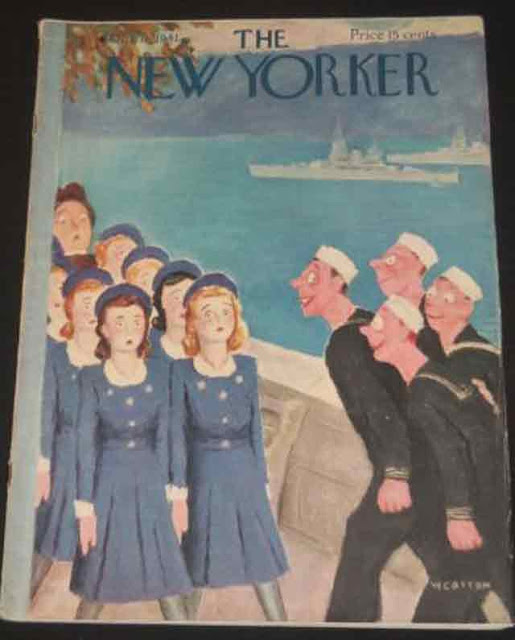Saturday 10 January 1942
 |
| MA and MB Jeeps built by Willys. Note that regular car production is continuing, which places this photo between November 1940 and before all US car production was banned on 5 February 1942 (Ron Szymanski). |
Battle of the Pacific: The Allies continue falling back on the Malay Peninsula on 10 January 1942. They abandon Port Swettenham, 24 miles southwest of Kuala Lumpur. The British still hold Kuala Lumpur but have no hopes of holding it. The divisions formerly holding the Slim River line now are all in full retreat toward Johore, the province immediately to the north of Singapore. Throughout the day, the British evacuate KL using whatever transportation they can commandeer. This includes, motorcycles, private cars, 11 steamrollers, and even two fire engines. By the end of the day, only rear-guard troops are left there.
 |
| USS San Diego (CL-53) in Boston Harbor on 10 January 1942, the date of its commissioning. |
The War Department asks the Hawaiian commander, General Delos C. Emmons, an Air Corps officer, whether it would be feasible to relocate the entire Japanese population of Oahu to another island. Oahu, of course, is where the main naval base at Pearl Harbor is based. Emmons replies that this would not work because it would require the construction of facilities when construction units already were fully booked by the military. Emmons estimates that Oahu has a Japanese population of 118,000 that is composed of 20,000 Japanese aliens and 98,000 US citizens. These people, Emmons notes, provide the bulk of the island's skilled labor. Emmons concludes that while it would be theoretically beneficial to relocate the Japanese, in practical terms it would be almost impossible and certainly detrimental to the economy of Oahu. As an alternative, Emmons proposes that if it is deemed necessary to segregate the Japanese as a security risk, that they should be taken to the mainland for it to be done there.
 |
| Luftwaffe ace Günther Lützow on 10 January 1942. Lützow, commander of JG 3, became the second pilot (after now-deceased Werner Mölders) to notch 100 kills on 24 October 1941. It is hard to see, but Lützow has autographed the photo (Federal Archive Picture 146-2006-0126). |
Eastern Front: There is a heavy blizzard in the Moscow sector that stops all movement throughout the day. Overall, the pause in operations helps the Germans, whose front is strained to the breaking point and needs time to bring in reinforcements and supplies. However, in certain places, such as the breakthrough into the German rear areas west of Ostashkov, the Red Army troops struggle through deep snow and attack isolated German outposts which have no hope of relief or reinforcement.
 |
| S.S. African Comet on 10 January 1942. It has just arrived at the Tietjen & Lang Dry Dock Co. yard in Hoboken, New Jersey. It is being converted to USS Arthur Middleton (AP-55) (Photo No. 19-N-27716 Source: U.S. National Archives, RG-19-LCM). |
US Military: The U.S. Army awards Ford Motor Company a contract to build copycat versions of the Willys Jeep. The contract provides for the construction of 15,000 Ford GPWs, or General Purpose Willys. They are to be built at a cost of $14,623,900, or about $975 each. The Jeep's design was submitted by American Bantam, but it was then given to Willys-Overland to refine.
 |
| MA and MB Jeeps built by Willys. Note that regular car production is continuing, which places this photo between November 1940 and before all US car production was banned on 5 February 1942 (Ron Szymanski). |
While the Army finds the Willys MB redesign acceptable, it is not required to have Willys actually build all of the Jeep (though Willys does receive a contract to build as many Jeeps as it can). The Army is hedging its bets because it does not believe that Willys has the capacity to produce enough Jeeps fast enough for the Army's needs. American Bantam, who submitted the first prototype that did eventually turn into the standard military Jeep, does not get a contract to build the Jeeps but instead gets a contract to build trailers as a sort of consolation prize.
 |
| "Bardia area, Cyrenaica, Libya. 10 January 1942. German Luftwaffe prisoners, wounded in the re-capture of Bardia, were allowed to write home at the first opportunity. They are sitting in the sunshine leaning against a building on which is painted a Mickey Mouse head, a heart with an arrow through it, an instruction to 'Please knock first' and a foaming beer mug." Australian War Memorial MED0292. |
American Homefront: A day after knocking out Buddy Baer in the first round at Madison Square to defend his Heavyweight title, Boxer Joe Louis enlists in the U.S. Army. He enlists as a private at Camp Upton, Long Island. The fight against Baer had been a charity bout for the Navy Relief Society which raised $47,000 for the fund. The enlistment event naturally makes the newsreels, and they capture a soldier-clerk asking Louis his occupation. He replies, "Fighting and let us at them Jap[anese]."
 |
| "A Wren Bosun piping all hands at HMS UNICORN II, Cresent House, Dundee, 10 January 1942." Unicorn II is the Royal Navy Reserves Training Ship. © IWM (A 7026). |
Louis fights occasionally for charity while in the service, but he falls deeply into debt in part because the IRS assigns to him as income the money that he "earns" for those fights which he never actually receives. This tax issue haunts Louis for the rest of his life. Joe Louis serves in the Army's Special Services Division until his honorable discharge effective 1 October 1945. He proves especially useful in recruiting African-Americans. Commenting on racial segregation in the military, Louis comments, "Lots of things wrong with America, but Hitler ain't going to fix them."
 |
| 10 January 1942 New Yorker cover by Leonard Dove. |
Mickey Rooney marries Ava Gardner at a Protestant church in Ballard, California. Rooney is currently headlining the top movie in the country, "Babes on Broadway" (1941), with Judy Garland. Gardner, an MGM contract player like Rooney, is still an ingenue who only broke into Hollywood in 1941 and is little known. The wedding is held in remote Ballard (in the Santa Ynez Valley) because Louis B. Mayer is concerned that a married Rooney will not be as popular at the box office, so he wants as little publicity for the marriage as possible. Rooney is 19 and subject to the draft, but his number has not come up yet.
 |
| "Wireless Telegraphists in training transcribe messages in Morse and transcribe them." HMS Unicorn III, Crescent House, Dundee, 10 January 1942. © IWM (A 7025). |
"All Through the Night," starring Humphrey Bogart and Conrad Veidt, is released by Warner Bros. Bogardt and Veidt work well together and will appear again in 1942 in "Casablanca." Veidt, born in Berlin, is only in the United States because he fled Germany in 1933 due to his marriage to a Jewish woman, Ilona Prager.
 |
| Wedding of Royal Navy Lieutenant D. Campbell to Third Officer Joan Rouff. "The Bride and Bridegroom leaving the church after the wedding under a Guard of Honour of WRNS Officers holding cutlasses." © IWM (A 7000). |
1942January 1942January 1, 1942: Declaration By United NationsJanuary 2, 1941: Manila Falls to JapanJanuary 3, 1942: ABDA Command AnnouncedJanuary 4, 1942: MacArthur on His Own in the PhilippinesJanuary 5, 1942: Soviets Plan General OffensiveJanuary 6, 1942: US Army in EuropeJanuary 7, 1942: Soviet General Offensive OpensJanuary 8, 1942: Hitler Sacks HoepnerJanuary 9, 1942: Battle of DražgošeJanuary 10, 1942: Building the JeepJanuary 11, 1942: Japan Takes Kuala LumpurJanuary 12, 1941: Rommel Plans CounterattackJanuary 13, 1942: First Ejection Seat UseJanuary 14, 1942: Operation Drumbeat First SinkingJanuary 15, 1942: U-Boat Off NYCJanuary 16, 1942: Carole Lombard CrashJanuary 17, 1942: British Take Halfaya PassJanuary 18, 1942: Soviet Paratroopers in ActionJanuary 19, 1942: FDR Approves Atomic BombJanuary 20, 1942: The Wannsee ConferenceJanuary 21, 1942: Parit Sulong Bridge BattleJanuary 22, 1942: Parit Sulong MassacreJanuary 23, 1942: Japan Takes RabaulJanuary 24, 1942: Battle of Makassar StraitJanuary 25, 1942: Kholm SurroundedJanuary 26, 1942: GIs Land in EuropeJanuary 27, 1942: Battle of EndauJanuary 28, 1942: Rommel Takes BenghaziJanuary 29, 1942: First US Coast Guard Ship SunkJanuary 30, 1942: Singapore IsolatedJanuary 31, 1942: Army Group South Averts Disaster2020






















